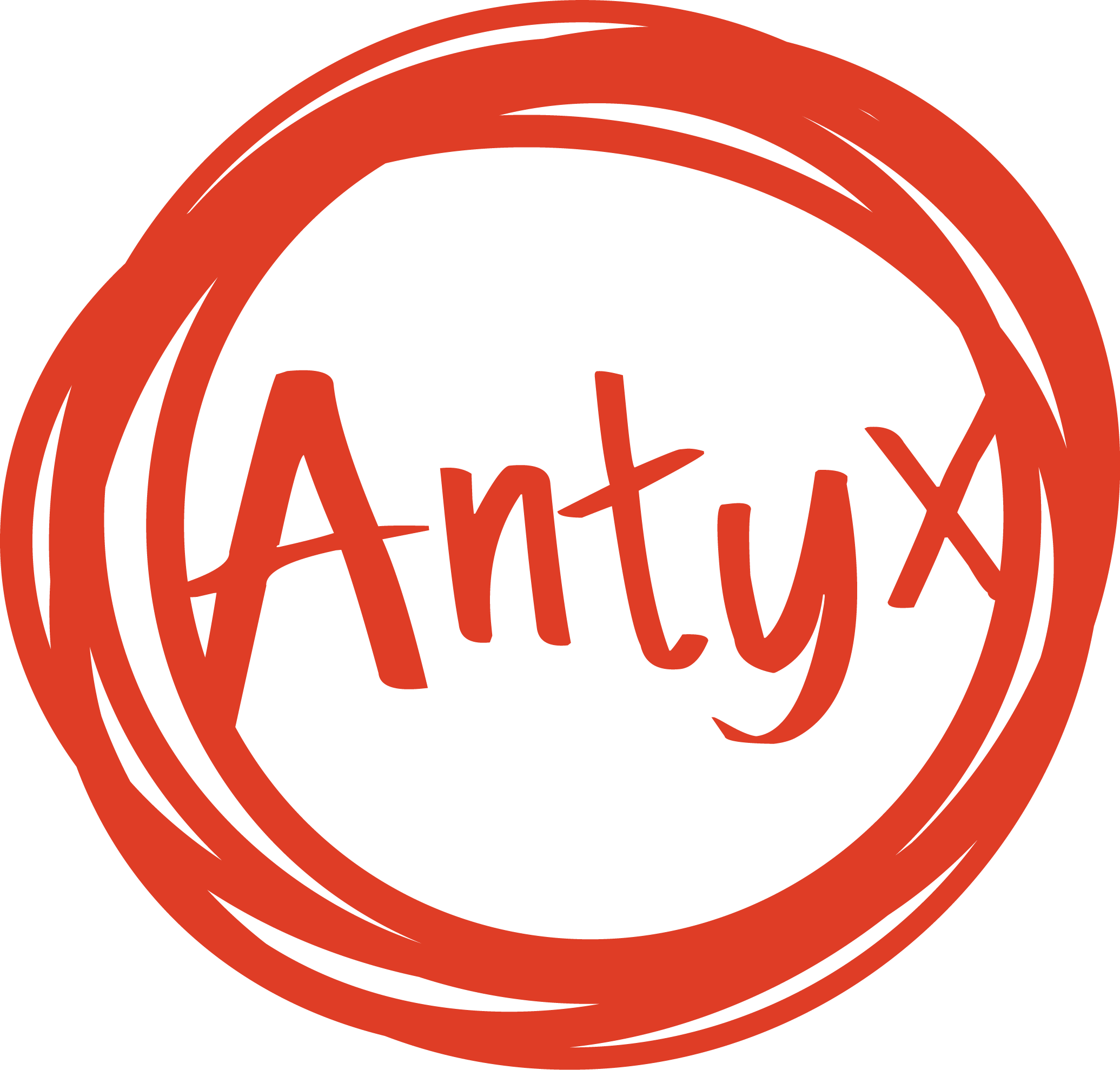Nihilism or Naivety: Written by Holly Ehret
Oftentimes, art is used as a messenger for political and social ideologies. Despite all of the artists in this program being between 14 - 18 years old, many of them are painfully aware of the social and cultural reckoning that is happening in the world around them. In the first week of planning the murals, the artists jotted down the things that made them upset: injustice, inequality, systemic oppression, and climate change were a few things that popped up on the idea board; and this was merely the first day.
As creatives, there was a mutual understanding that they wanted to portray these issues in their work. The artists bounced ideas back and forth, thinking of ways to convey a message that we felt spoke to the social and climate injustice we all witnessed during the pandemic.
After spending over a year in and out of lockdowns, overconsumption of media became a normal process in our lives. What else could we do? After having this experience in the pandemic, I felt as though my peers had experienced similar feelings. I was excited for them to create art, rather than consume it, as I had trouble with this myself over the past year. Their brains were chalk full of ideas about the world, how they see it, and what they want to do about it. It was incredible to see that so many of them were ready to get to work.
Making art that upholds themes of social justice and vulnerability can be incredibly powerful. It can also be incredibly exhausting. Vanessa Akinwumi, one of the muralists for the project, shared similar feelings. Akinwumi is a BIPOC artist based in Calgary, who says she is still developing her art style, and how that plays into her identity. Akinwumi speaks on her issues with finding other BIPOC artists in Calgary, and “finding those bonds”. In a survey produced by Calgary Arts Development, they found that 83% of their artist respondents identify as white. Akinwumi says that as a BIPOC artist, she feels extremely aware of being the only black artist in predominantly white spaces. However, this does not deter her from making the art that she wants to make. She says that making pieces based on social commentary 24/7 lead to burnout, and I knew exactly where she was coming from. In the first week of planning, I proposed writing a poem as a blog post. I wanted to write a piece based on the themes of the mural: youth, justice, and climate change. However, I was stuck; and couldn’t write. On one hand, I couldn’t bring myself to write about the impending doom many Gen Z folks feel about climate change. On the other hand, I couldn’t bring myself to write about being able to create impactful, meaningful change (maybe that’s just the pessimist in me). In my conversation with Akinwumi, she stated that she felt the same push/pull as I did. It feels like trying to choose between nihilism or naivety.
Vanessa Akinwumi working on her group’s mural titled ‘Limbo’ on July 21, 2021 in Calgary Alta. Akinwumi says digital art is her favourite art medium. (Photo by Holly Ehret)
As I mulled over what to write in my poem, I realized that what I was feeling was exhaustion from emotional labour. After spending so much time in the pandemic consuming others’ media, the non-stop reading and researching, and creating dialogue with friends and family about my own findings as well as my own experiences, I was exhausted. While accessibility to information is an immense privilege, online activism has a pattern to drain and trigger social media users. A term has been created by internet users to describe this kind of media: trauma porn. Trauma porn has been used as a tactic to get people to pay attention, as it has a shock factor. However, this kind of content is misguided as it harms marginalized communities by sharing violent content. I believe in accountability, awareness, and education on systemic issues. I also believe in self-care, and dedicating proper time to learn about these issues, rather than passive consumption that could potentially create harm.
Being stuck in this mindset of fatigue in the name of self-education, I couldn’t understand how the muralists were so inclined to portray these ideas and discuss them for two weeks straight. These artists are so incredibly smart and talented, and much more aware of the world than I was when I was 14. I realized that in order to contribute to this project, I had to make myself available and prepare to be vulnerable as part of the planning process of the murals. I believe that there is an idea stuck in many of our brains (myself included), that in order to make “good” art, you have to relive some sort of pain, or endure emotional labour to some extent. While many beautiful and thought-provoking art pieces do have this element, it is by no means necessary. Pure joy is a feeling with immense depth, as well as love, and hope. There are limitless artistic processes, and creating pieces that make you as an artist feel good is paramount.


